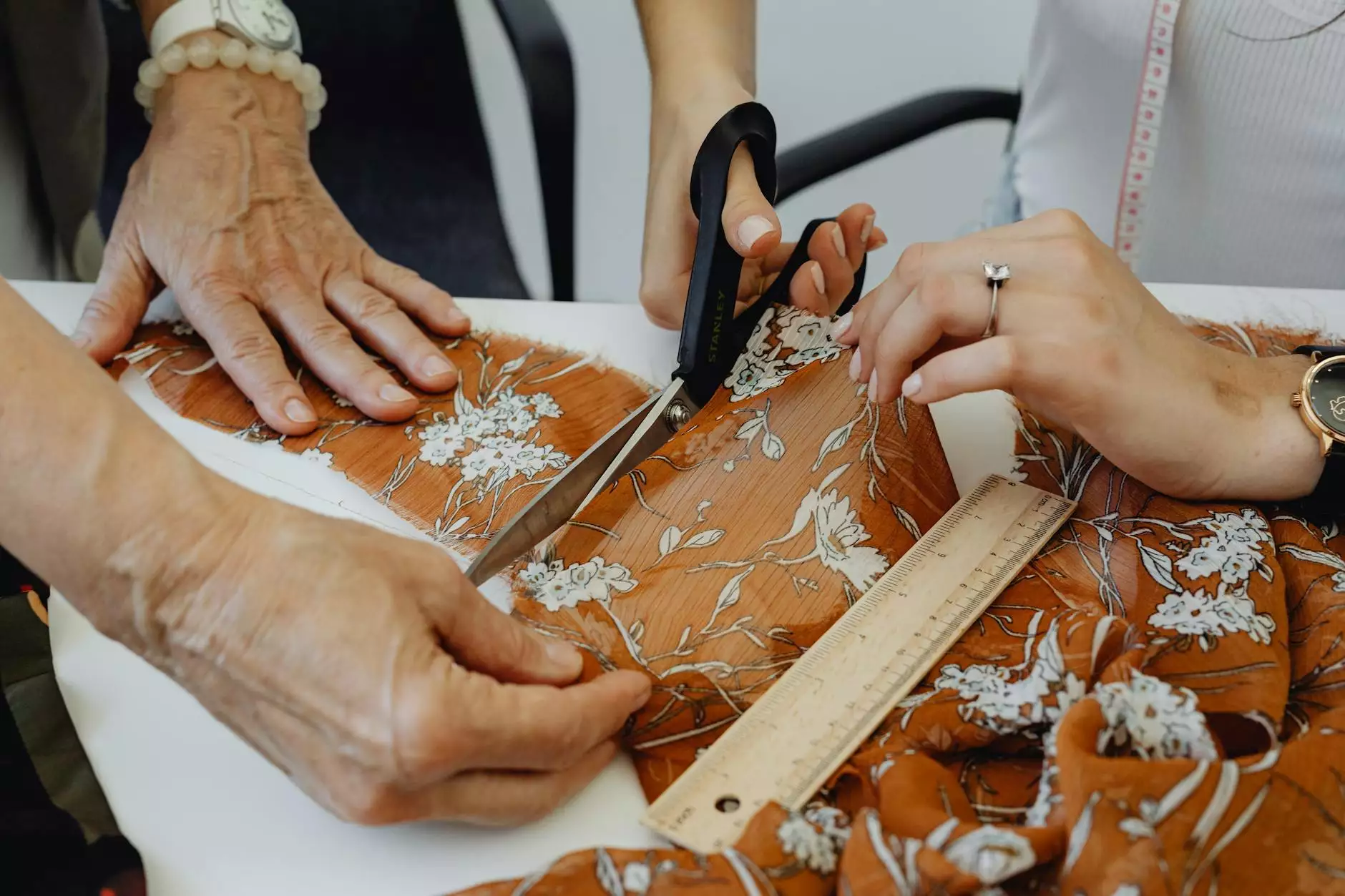The Impact of Active Design in Modern Business

In the rapidly evolving landscape of business, creating environments that foster productivity, well-being, and engagement has never been more critical. One of the most transformative concepts emerging in recent years is Active Design. This innovative approach not only focuses on aesthetics but also integrates health-promoting elements into the workplace, leading to happier, more productive employees. In this article, we will explore what Active Design entails, its benefits, and how it can be effectively implemented in various business settings.
Understanding Active Design
Active Design refers to the strategic design of spaces that encourage physical activity and healthier lifestyle choices among individuals, particularly within business environments. By incorporating principles of movement and accessibility into architectural and interior design, businesses can create spaces that facilitate an active lifestyle—right in the workplace.
The Principles of Active Design
- Accessibility: Design spaces that are easy to navigate, ensuring all employees can move freely and comfortably.
- Stair Design: Encourage the use of stairs over elevators by creating inviting staircases that are visible and accessible.
- Social Spaces: Integrate areas for collaboration that promote movement and interaction among employees.
- Natural Light: Maximize the use of daylight which has been shown to improve mood and productivity.
- Flexible Layouts: Create adaptable workspaces that can be reconfigured for various activities, encouraging movement and spontaneity.
Why Active Design Matters for Businesses
The incorporation of Active Design principles into the workplace offers numerous benefits, significantly improving the quality of life for employees and the overall effectiveness of an organization.
1. Enhances Employee Health
Healthier employees mean lower healthcare costs and reduced absenteeism. By integrating Active Design elements, businesses can actively combat sedentary lifestyles, reducing the risk of chronic diseases such as obesity, diabetes, and heart disease. When employees have the opportunity to move more throughout the day, their physical health dramatically improves, leading to:
- Increased stamina and energy levels.
- Reduced risk of musculoskeletal disorders.
- Lower stress levels and improved mental health.
2. Boosts Productivity
When employees feel good physically and mentally, they tend to perform better in their roles. The inclusion of Active Design can lead to significant productivity gains. Studies show that employees who have access to healthier work environments are more focused and efficient. Key impacts include:
- Improved concentration due to enhanced mood and reduced fatigue.
- Greater creativity fostered by a dynamic work environment.
- Stronger collaboration as employees engage more with one another.
3. Attracts and Retains Talent
In today’s competitive job market, attracting and retaining top talent is vital for business success. Prospective employees are increasingly valuing workplace well-being over traditional benefits. By showcasing commitment to Active Design, organizations can create a more desirable workplace. Benefits include:
- Building a reputation as a progressive and health-conscious employer.
- Reducing turnover rates by providing an engaging work environment.
- Enhancing employee satisfaction, leading to better overall morale.
Implementing Active Design Strategies
To reap the benefits of Active Design, businesses must take a systematic approach to implementation. Here are some strategies organizations can adopt:
1. Assess Workplace Layout
The first step is to assess the current workplace layout and identify barriers to movement. Consider conducting surveys or focus groups to understand employees’ perceptions of the workspace. Explore opportunities to:
- Reorganize furniture to create open spaces.
- Incorporate standing desks or adjustable workstations.
- Designate walking paths to encourage short breaks.
2. Foster a Culture of Movement
Creating a culture that promotes movement can significantly enhance the effectiveness of Active Design. Businesses should:
- Encourage walking meetings instead of sitting in conference rooms.
- Integrate fitness challenges or wellness programs.
- Provide access to resources like yoga classes or sports teams.
3. Invest in Wellness Infrastructure
Investing in infrastructure that supports physical activity can yield significant returns. Businesses can:
- Create on-site fitness centers or partner with local gyms.
- Install bike racks and showers for those who bike to work.
- Develop outdoor spaces that accommodate gathering and movement.
Case Studies: Success Stories of Active Design
1. Company A: Transforming the Office
Company A implemented an open office layout with various collaborative spaces and plenty of inviting staircases leading to different floors. After this redesign, they witnessed a 30% rise in employee satisfaction and a marked increase in productivity levels.
2. Company B: Integrating Wellness Programs
Company B introduced wellness programs that included weekly fitness classes and active breaks throughout the day. They reported decreased employee burnout and a significant drop in health-related absenteeism, leading to lower overall healthcare costs.
Measuring the Impact of Active Design
To understand the effectiveness of your Active Design initiatives, it is important to implement measurable goals. Businesses can:
- Track employee health metrics such as body mass index and mental health improvements.
- Conduct productivity assessments before and after implementing design changes.
- Deploy employee satisfaction surveys to gauge the impact of workplace changes.
The Future of Business with Active Design
As we move further into the era of workplace innovation, the commitment to Active Design will become increasingly essential. Businesses that embrace this philosophy will not only enhance their own operational efficiency but also contribute to a healthier, more engaged workforce. The intersection of design, health, and productivity presents a significant opportunity for organizations to lead in their respective industries.
In conclusion, adopting Active Design principles isn’t just a matter of creating a visually appealing workplace. It is about reshaping the very fabric of business to support the health and productivity of every employee. Investing in a culture of movement, accessibility, and health benefits everyone—from individual employees to the overall success of the business.
As organizations consider their future, those that prioritize the health and well-being of their workforce through Active Design will stand out in a crowded marketplace, proving that business success and employee well-being are not mutually exclusive but are instead interconnected.









